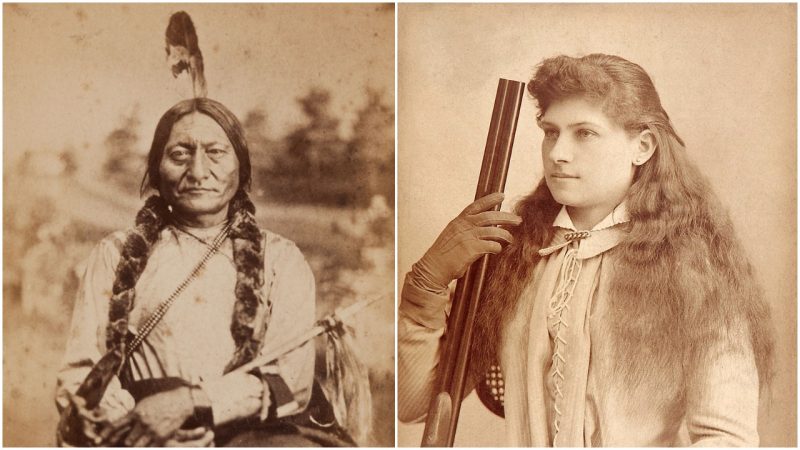When he was a youngster, Sitting Bull was called “Jumping Badger,” and he was also known as “Tatanka Yotanka,” a name that reportedly means “Buffalo Bull Who Sits Down” or a bull sitting on its haunches.
All of these names belonged to one Native American man, who grew up in the Grand River Valley in what is now South Dakota, and who later in his adulthood became a distinguished Hunkpapa Sioux chief, perhaps one of the most prominent leaders among all Native American tribes of that period.
That he bore a warrior spirit and was a rebellious leader is unquestionable; it was something Sitting Bull demonstrated since his early days, when he accompanied the more senior tribesmen on their regular raids against age-old adversaries such as the Assiniboin peoples and the Crow tribe.
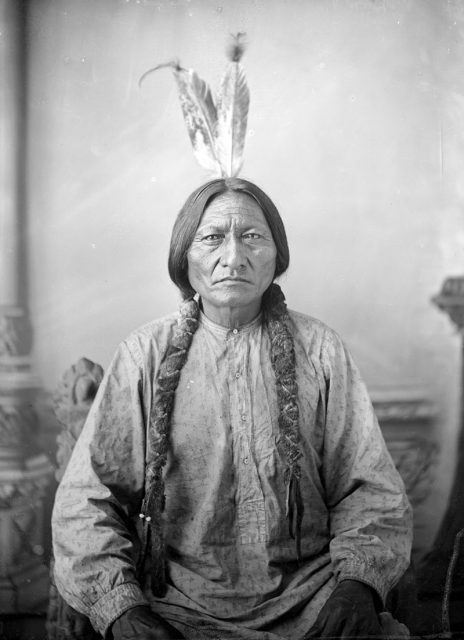
Later on, there were the other enemies, the White Men who gradually expanded their territories and in 1874 were claiming the Black Hills area in South Dakota.
This place was sacred for various Native American tribes, but a U.S. expedition under the watch of General George Armstrong Custer affirmed it contained plenty of gold ore, too.
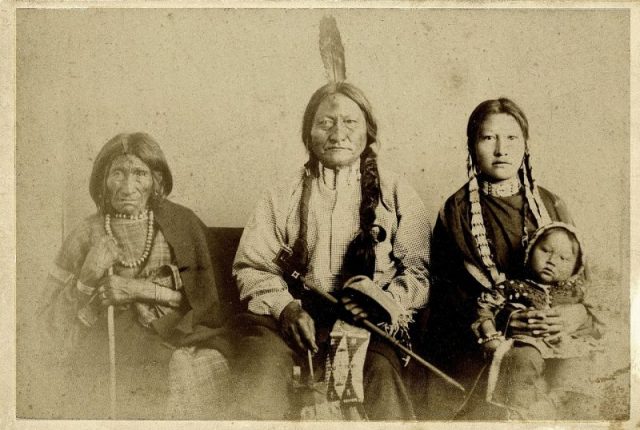
While many other chiefs agreed to live in designated reservation areas at this point, Sitting Bull built a defiant following of other Native Americans, including the Lakota, the Arapaho, as well as the Cheyenne.
Under his leadership, the different tribesmen came together in order to maintain their lands in the northern plains.
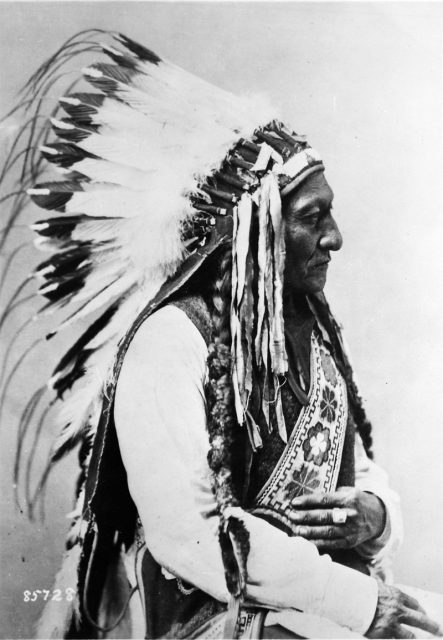
Sitting Bull was persistent in his mission. He also received an empowering vision through a spiritual dance, which helped his fellow tribesmen to fight U.S. troops and win, including the famed 1876 battle at a newly-established Lakota campsite in the Little Bighorn River valley.
The great chief also warned his people that the survival of their traditional way of life largely relied on buffalo hunting, the animal essential to their culture and customs.
Which brings us to another famous person, Buffalo Bill, who managed to shrink buffalo populations by at least 4,000 in less than two years, but later became friends with Sitting Bull. How did that happen?
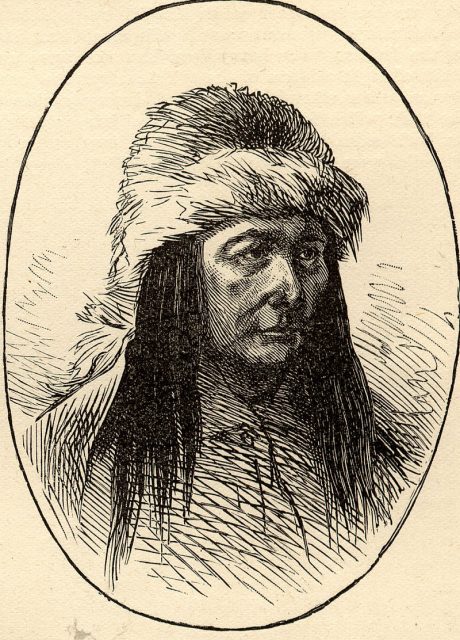
After the Little Bighorn River Valley battle, where U.S. cavalrymen were battered and the troop leader General George Custer killed (a death for which Sitting Bull was reportedly wrongfully blamed), Sitting Bull and his followers withdrew to Canada, where they stayed for four years.
It was not the best experience to be in Canada, however, because of the weather and insufficient food.
With his men, Sitting Bull migrated back south in 1881 and eventually ended up surrendering; he was moved to the Standing Rock Indian Reservation and initially, everyone feared he would lead another movement of disobedience.
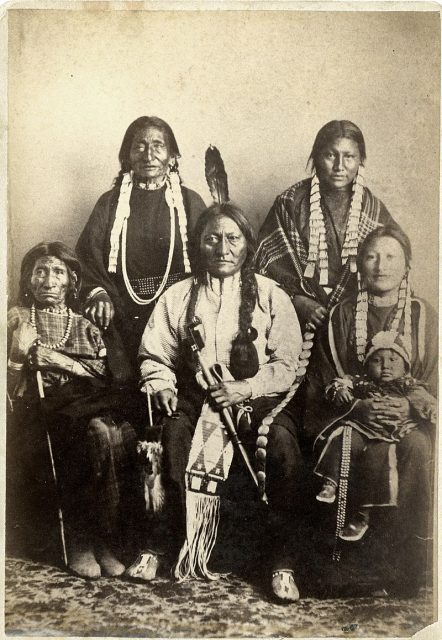
However, at this point, all he did was peacefully disobey in adopting the new ways of life. He was still a person of influence.
Which is when Buffalo Bill Cody came in the picture. A famous person too, a former member of the U.S. army, and, in the eyes of Native Americans, someone who had ravished thousands of buffalo, their sacred animal.
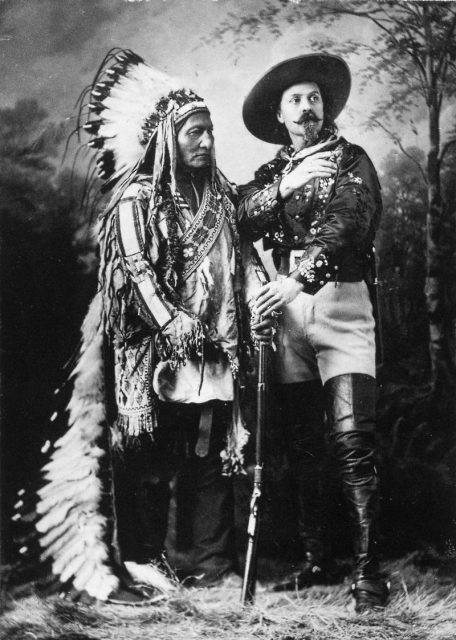
When Buffalo Bill Cody invited Sitting Bull to join his Cody’s Wild West Show–which one year even lured a million people– Sitting Bull didn’t seem to hold any grudges.
The great Sioux chief left Standing Rock and accepted the offer to be part of the show, which in essence romanticized the bloodshed that haunted the American frontier at the time.
For $50 a week, a lucrative deal in the 1880s, Sitting Bull would join in the theatrical performances, riding in a circle around the arena.
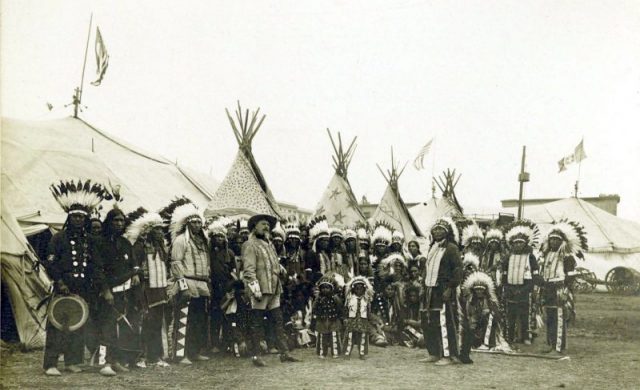
He became more famous than ever. At the end of the act, he would sign autographs to fans, charging $1 for each.
Sitting Bull eventually returned to Standing Rock only four months into the show; however, he remained friends with Buffalo Bill.
After all, through the shows, the great chief found a platform which he used to voice the rights of Native Americans in a peaceful way.
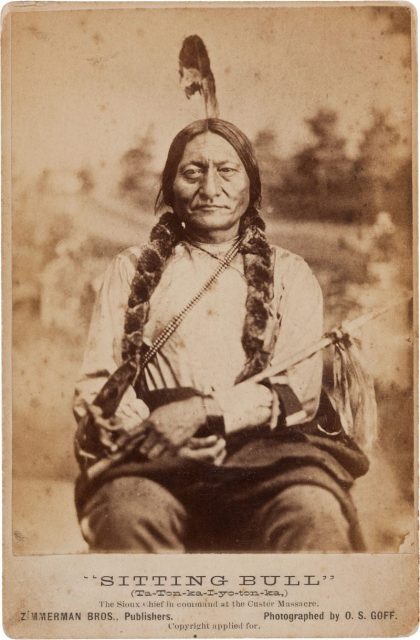
Some people spread a rumor that he actually cursed show attendees as he was horseback riding through the arena, though no proof was ever found Sitting Bull did this.
Instead, he used the opportunity to deliver speeches on educating the Native American populations.
He encouraged reconciliation efforts on both sides; the money he earned, he gave to people who lived in poverty.
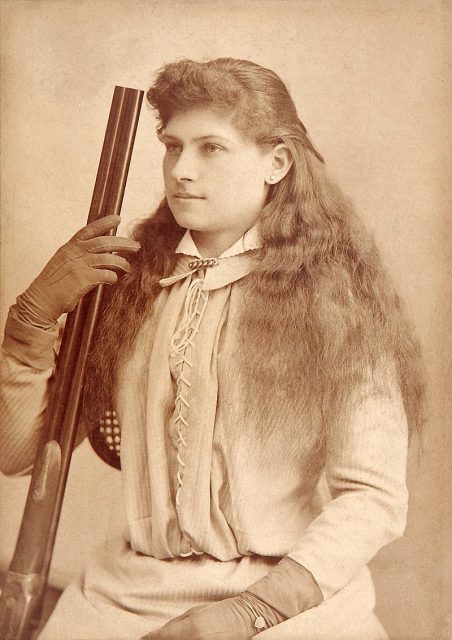
Of no less significance was the special friendship which Sitting Bull formed with Annie Oakley, the famous sharpshooter of her day who rose to fame after winning a match against Frank E. Butler.
She was aged just 15 at the time of the game; she later married Butler and they often traveled for the shows.
The pair also joined Buffalo Bill’s Wild West show, but Sitting Bull had previously seen Oakley’s performance in Minneapolis and was instantly fascinated by her.
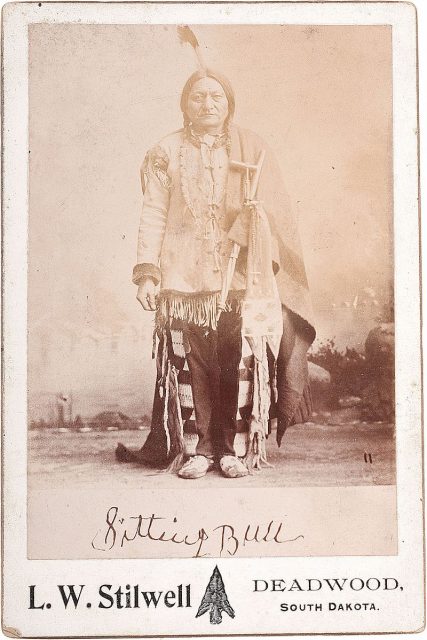
At Buffalo Bill’s Wild West Show, Oakley and Sitting Bull had enough time to forge their connection and he would call her his adoptive daughter.
The famous sharpshooter seems to have touched a wound in Sitting Bull’s heart, the loss of his own daughter soon after the Battle of the Little Bighorn.
He would additionally give Oakley a Native American name of Watanya Cicilla, which is famously translated to as “Little Sure Shot.”
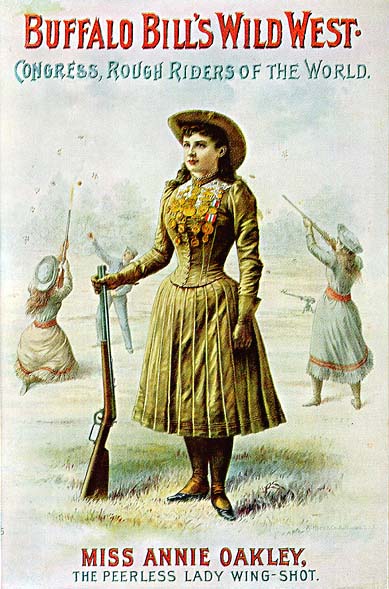
According to Sitting Bull’s great-grandson, Ernie LaPointe, Watanya Cicilla actually stands for “Little Person Who Did Good Things.”
Besides giving Oakley a name, Sitting Bull also gave her a pair of special moccasins. The footwear was reportedly made by his daughter, and he wore them at the Little Bighorn battle.
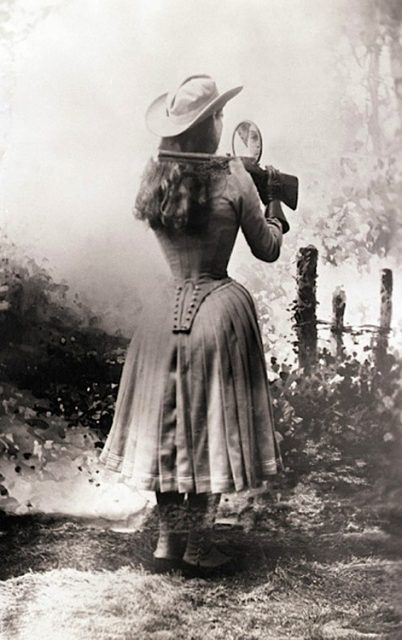
“Sitting Bull’s daughter was about my age at the time of my adoption, when he gave me the moccasins he so prized,” wrote Oakley, according to the Annie Oakley Center Foundation.
She would also describe him as “dear, faithful, old friend.”
Sitting Bull was sadly killed, in an odd chain of events in 1890. He was detained after suspicion that he was a leader in the Ghost Dance movement that was viewed by the Indian Agency as potentially disruptive.

On the order of agent James McLaughlin, a team of “Indian Police” turned up in the early hours of the morning to arrest Sitting Bull at his cabin. Unfortunately, he resisted and the ensuing noise and scuffle brought a crowd of young men to his aid.
Things got out of hand; Sitting Bull was shot in the head and chest, and 12 other tribespeople were also killed as the police fought to keep control.
Rumor has it that Sitting Bull’s horse, which was a gift from Buffalo Bill, was right just outside the cabin where the shooting took place. The horse was trained to begin a dance after hearing a gunshot, something the animal supposedly picked from Cody’s Wild West Show.
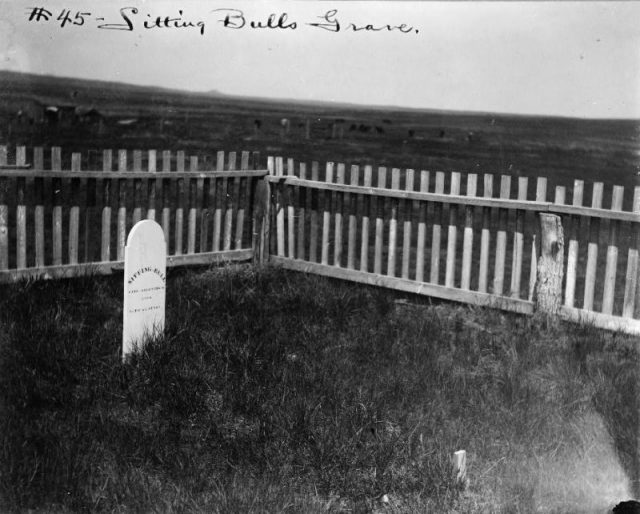
When his great master was shot dead, the horse began the dance for one last time, according to History.
Perhaps Sitting Bull’s dream that Native Americans retain their traditional way of life seemed elusive at the end, but he has still been remembered the way he wished: as a great chief who fought his cause until the very end.
